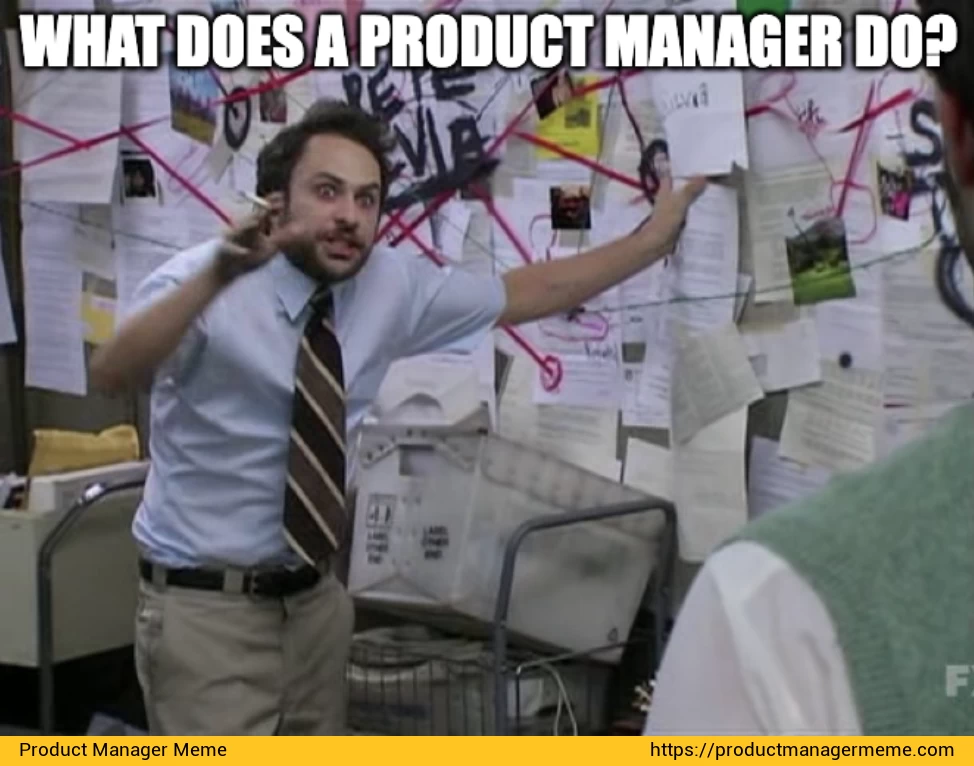WHEN YOU’RE MANAGING A PRODUCT COMPANY, there are many moving parts, from short-term revenue pressures to long-term brand sustainability. In an ideal world, the roles are all clear-cut, but as your business scales, these lines blur. Let’s dive into the balance and figure out who should be taking responsibility for the brand. So, who owns the brand?
Focused on Numbers, Prone to Short-Term Gains
The Product Manager plays a key role—focused on making sure products meet customer needs and drive revenue. They live in the world of data, product-market fit, and performance. But here’s the catch: because their role is so revenue-driven, they easily resort to quick wins. Aggressive tactics that boost short-term profits often compromise the brand’s long-term equity.

Picture this: A Product Manager opts for low-cost materials to boost margins or slashes prices to hit quarterly targets. Sure, the numbers look great today, but these moves can create a slow leak in brand value, eroding trust and quality over time. It’s like burning your furniture to keep warm—you’re fine for a while, but soon you’re sitting on a pile of ashes. The Product Manager’s role, while essential, needs a counterbalance to avoid brand erosion.
For example, at Apple, product managers are the teams responsible for developing product lines like the iPhone and Mac. They focus on product features, pricing, and revenue targets. Marketing leaders like Phil Schiller oversee global marketing strategy and product launches. They ensure that everything aligns with Apple’s brand values.
The Brand’s Guardian
Enter the Chief Marketing Officer (CMO). This person focuses on the long-term strategy, safeguarding the brand’s integrity. They ensure that every product under the company’s umbrella supports the brand’s overarching narrative. The CMO acts as the brand’s guardian. He ensures that product launches, messaging, and customer touchpoints remain consistent.
Consulting firm Spencer Stuart revealed average CMO tenure in 2020 was 40 months, which was the lowest in a decade. In comparison, the average CEO tenure is 7 years.
CEO Succession Practices in the Russell 3000 and S&P 500
The Product Manager might focus on meeting today’s targets. Meanwhile, the CMO looks ahead to ensure that today’s decisions don’t harm future success. They’ll ask questions like: Does this product enhance our brand’s image? Will this marketing campaign build trust with our audience? The CMO’s role is to ensure the soul of the brand remains intact. No matter how hard the short-term pressures hit.
The Day-to-Day Executor
If the company has a Brand Manager, their role is usually operational. They ensure that the brand strategy set by the CMO is followed each day. They handle marketing materials, ensure brand consistency, and track customer perceptions. They might not have the high-level oversight of a CMO, but they’re essential in ensuring the brand stays on course in the daily grind.
Short-term revenue goals are essential, but they must never compromise the brand’s long-term integrity. It’s a delicate balance where brand managers constantly evaluate customer feedback, market trends, and product performance.
Tiago Pita — Brand and E-commerce Director @ Whole Food Earth
We emphasize consistency in our messaging, product quality, and overall customer experience to maintain brand trust. Collaboration is key and our brand managers work hand-in-hand with sales, marketing, and R&D to ensure every product launch meets immediate financial targets and enhances our brand’s long-term value.
A Symbiotic Relationship
So, who owns the brand? The answer is that it’s a collaborative effort. The Product Manager ensures the product is profitable and market-ready. The CMO focuses on maintaining the long-term brand strategy. The Brand Manager handles day-to-day execution to keep everything aligned. This balance ensures that short-term profit motives don’t derail long-term brand health. And this balance is possible only in a healthy company culture.
- Product Manager: Owns product performance and short-term revenue goals.
- CMO: Owns the brand vision and long-term brand strategy.
- Brand Manager: Ensures brand consistency in day-to-day marketing efforts.
Who Holds the Key?
While many stakeholders help manage the brand, only the CMO can balance goals with brand sustainability. But the truth is, no one can own a brand alone. The best brands succeed when the Product Manager, CMO, and Brand Manager work together, staying true to core values.
Hey, at the end of the day, it’s all about relationships between people. You can talk about ownership, roles, and responsibilities, but none of it matters if what you’re building doesn’t bring true value to your customers. And let’s be real—true value isn’t built overnight. It’s earned in the long term, through trust, integrity, and a shared vision.
Owning a brand means nurturing these relationships, making sure every decision adds value, not just to the business but to the people it serves. Without this long-term focus, even the strongest brand will eventually lose its way.
So, instead of asking who owns the brand?, let’s focus on how we can work together to build something that lasts.